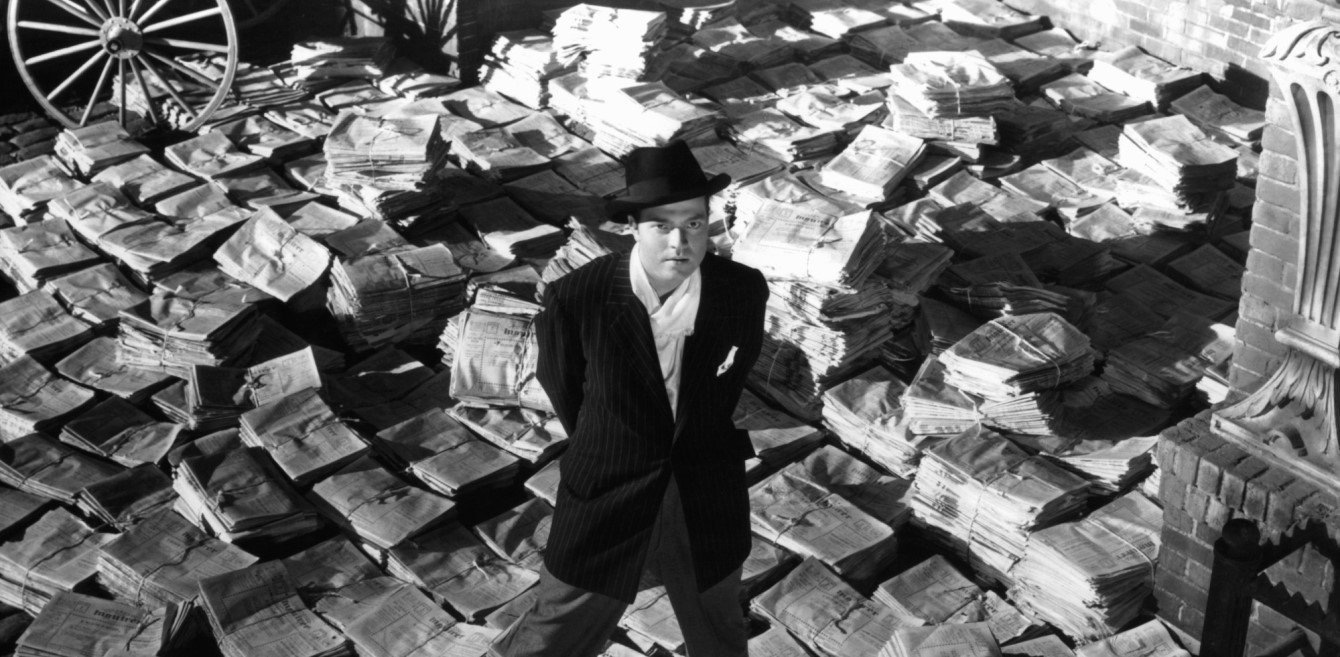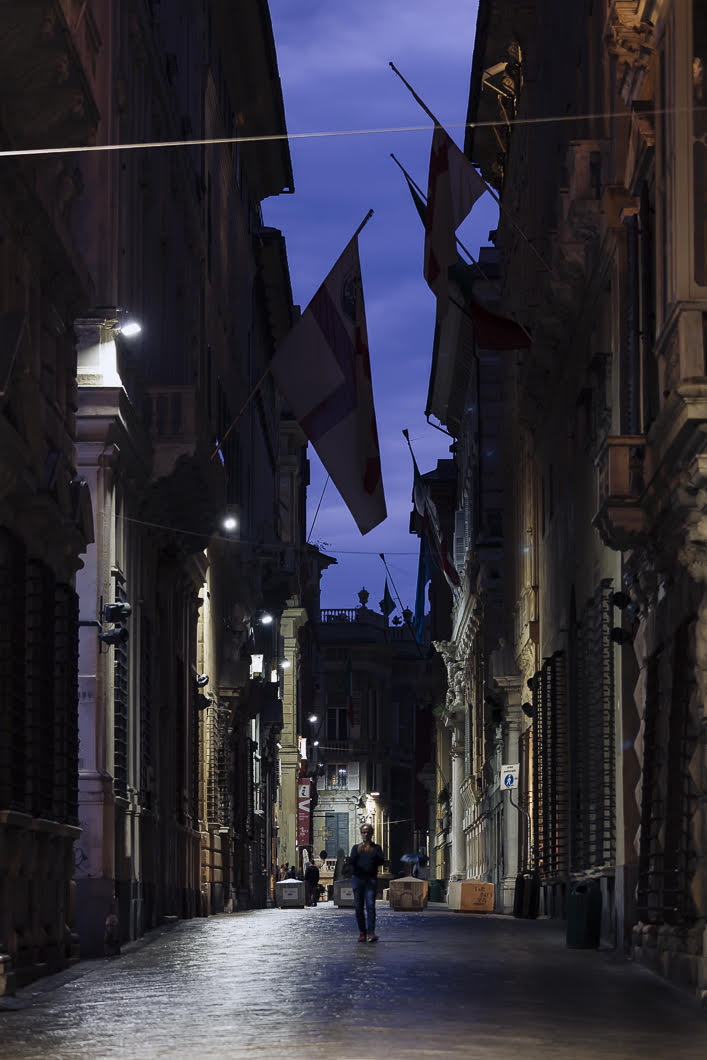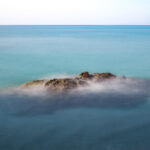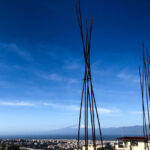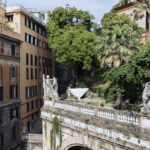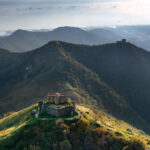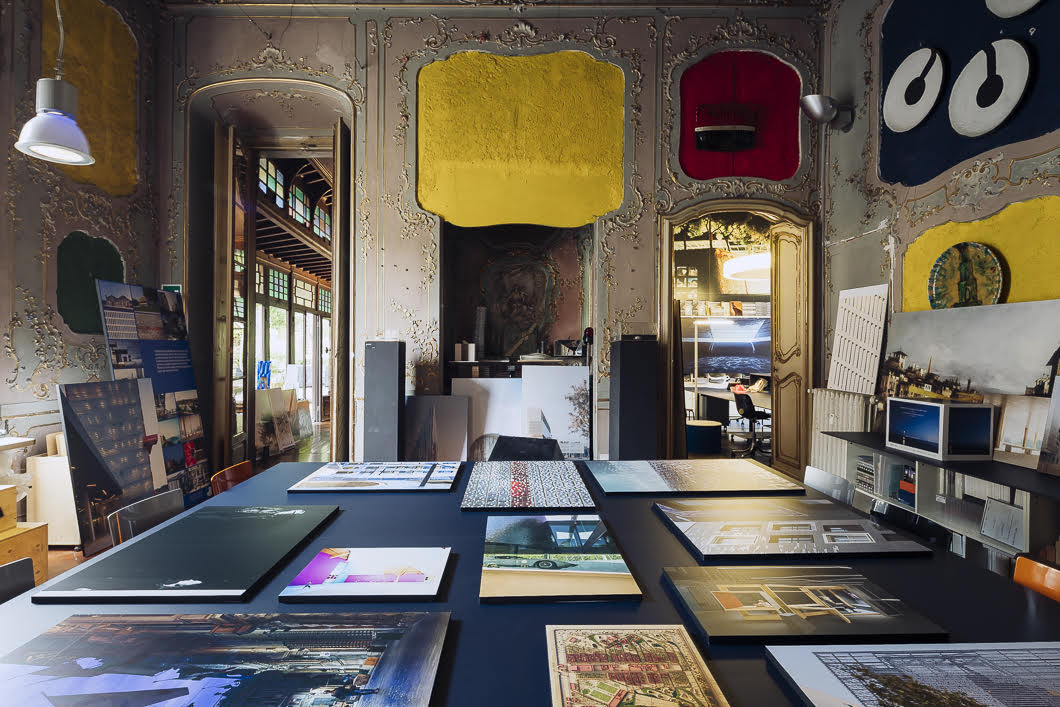Atelier(s) begins its Journal: a collection of posts and articles on the relationship between architecture and city, environment, history, culture, and society. Not an independent kind of architecture but a type of architecture for people.
Beginning from September, Atelier(s) Alfonso Femia has developed a new project called Journal: a collection of posts and articles on the fields of intervention of architecture and Alfonso Femia’s idea of architecture.
We began from the projects and cultural experiences of the studio – on both national and international territory – but we would like for it to become a place where to share ideas and sensibility on the environmental and social themes of architecture, cities, and territory.
The role of architecture is central in the European debate.
The European Union is developing a people-centred approach, in which architecture is an essential element for citizens’ quality of life.
As indicated in the Strategic framework for the EU’s 2019-2022 cultural policy, architecture is a transversal field, and it should be promoted “as a discipline that combines the right balance between cultural, social, economic, environmental, and technical aspects for the common good.”
As a result of the political work carried out since 2018, the strategic framework establishes the creation of a group of experts from the Member States on the method of open coordination focused on high-quality architecture and built environment for all.
In 2018, the Davos Declaration “Towards a High-Quality Baukultur for Europe”, which was adopted by the Ministers of Culture and the Architects’ Council of Europe, highlighted the central role of culture in the built environment, calling for an integrated and quality approach to the environment shaped by Man.
This fundamental concept was subsequently developed by experts from the Member States, who have planned to publish a report containing best practices and policy recommendations by the second half of 2021. Furthermore, the proposal signed by the European Commission for the new Creative Europe program (2021-2027) also includes sectoral support for the architecture field.
Conversations around architecture can take place between architect and architect, or between architect and client, or between architect and company, and vice versa… Whoever speaks of architecture rarely addresses the “consumer/user” of the built space (or unbuilt urban space).
Information on architecture – often even its narration – is only in the hands of the architects. And this has left a historical legacy, but territories and cities have also suffered from it.
As a consequence of this silent abuse, information on architecture is often for qualified people that belong in the “closed circle”.
This situation is changing due to – but not limited to – Covid-19.
Awareness on the environmental issue – connected with the urban, architectural, and infrastructural project – is outlining the profile of a “wiser” consumer with a broader and more responsible vision.
“Informing People, Transforming Architecture
Informing Architects, Changing Cities”
It sounds like a tongue twister, but it is not.It explains why we decided to write about architecture and what this Journal is.
Getting back to “why we decided to write about architecture”: we know that the Internet is a space inhabited by millions of people who talk, participate and get daily information about the city, architecture, and public spaces and that tension towards “urban knowledge” has intensified with the emerging of Covid-19.
The transfer of news and insights is essential for the functioning and integration of architecture in the cities and territory. Just as important as objective information on politics, economy, and every aspect of the public dimension is fundamental for the democracy of a country.
So communicating projects and their architectural process contributes to building democratic architecture.
“We have to speak differently about architecture and explain it better. Because it involves more those who live it than those who design it.”
MAKING ARCHITECTURE THROUGH RESEARCH
Over the years, Atelier(s) Femia has developed cultural projects parallel to its professional activity. This latest project aims to work alongside the other by amplifying and disseminating these commitments.
We will explain them briefly.
- Mediterranei Invisibili, Etna © Mario Ferrara.
- Mediterranei Invisibili, Stretto di Messina © Salvatore Greco.
- Atelier(s) Alfonso Femia headquarters in Genoa © Stefano Anzini.
- Genova from the Appennini mountains© Fabio Polosa.
Tempodacqua reflects on the environmental issue by choosing water as its main theme giving it represents its essential and foundational aspect.
It is a permanent project that appeals to architecture and art to help “transform how we imagine change”. It was the theme of the 3rd edition of the Pisa Architecture Biennale in 2019, of which Alfonso Femia was director.
Mediterranei Invisibili is a project conceived and developed by Alfonso Femia in 2017 to investigate places and tell unexpected stories about the Mediterranean area. It brings together multiple points of view by interviewing authentic Mediterranean people who share the identity of their territory. To today, the project counts three trips between Sicily and Calabria, and in the area of the Strait, one in Città Della Pieve and one in Venice.
500×100 is a dialogue platform developed in 2015 to investigate everything that accompanies architecture and design in the process of integration with the city. A very rich archive of video interviews (more than 500) with designers, administrators, and cultural figures, shows Alfonso Femia’s commitment to understanding the different speeds with which urban contexts vary and the continuous transformation of the environment stressed by climate change. Instead, the Entre-deux format – with two French experiences – seeks the comparison of the contemporary through gaze and listening.
Social Impact School was conceived as Alfonso Femia’s reflection on how the school is the only public entity capable of generating cultural and social wealth for the country. During the quarantine periods, it transformed into research that has been extended throughout the national territory. It gives the school the energy to regenerate the city, particularly at this moment, in which gaps, sloppiness, and abandonment have become unsolvable subjects. It was presented in November 2020 in collaboration with the Foundation and the Order of Architects of Turin.
Right to Matter is an ongoing study on “matter” and its technological evolution. The research also focuses on the historical and identity aspects of its application in design and in architecture. Transversal to the design activity and present in all the cultural research of the Atelier(s), it is the guiding thread of Alfonso Femia’s work.
THE JOURNAL IS OPEN TO EVERYONE
The Journal will welcome both suggestions and contributions consistent with its spirit of investigation, comparison, and growth. At Atelier(s) we believe that any contribution, apart from controversy and corporatism, can help build the most authentic sense of designing and building. We will post the articles on our social media platforms: Facebook, LinkedIn, Instagram and Twitter.
A clarification: this is not a digital house organ on the activity of the studio. As said, we will speak about our projects and what we are working on only when it will be functional with the issues on which we want to focus.
And finally, we will tell you a little about the studio, starting from our vocabulary, the “words of the Atelier(s)”.
And since we have already began, here are the topics we have written about in the meantime.
You can find them all in the “Journal” section of our website:
– Riflessioni sulla sostenibilità dopo il 2020 – January 7th, 2021
– Urbanistica, architettura e gender equality – December 1st, 2020
– Come sta andando con il cambiamento climatico, riflessioni a un anno dalla Biennale di Architettura di Pisa “Tempodacqua” – November 11th, 2020
– La poesia di Gianni Rodari, a 100 anni dalla sua nascita e il progetto del centro di Casarza Ligure di Atelier(s) Alfonso Femia – October 23rd, 2020
– Oggetti immobiliare in transizione: dove lavoreranno i colletti bianchi? – October 7th, 2020
– I musei d’impresa, da Olivetti a Dallara – September 24th, 2020
– Il Sud dell’Italia per il rilancio del Paese – September 20th, 2020
Opening image: Citizen Kane (1941) by Orson Welles (reposted from Balarm.it)




